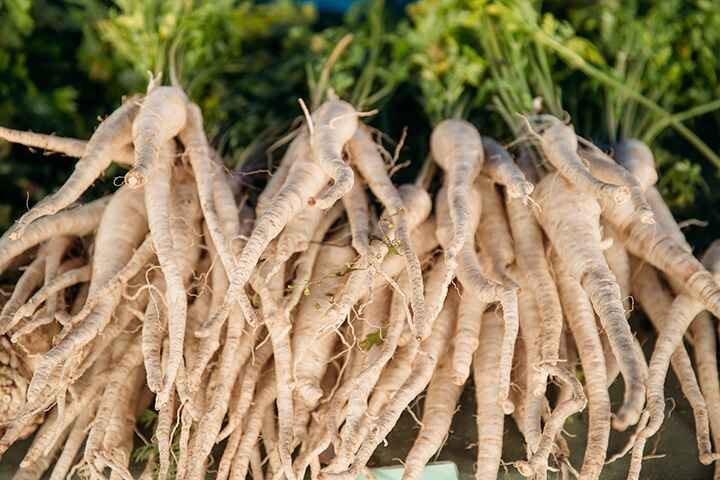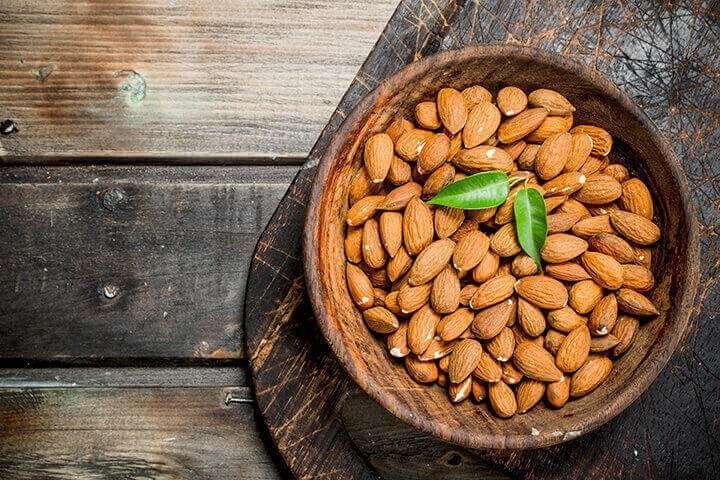Yes, parsnips can be good for horses in moderation. Like carrots, they offer several potential benefits when offered carefully. As a horse owner or caretaker, you might be wondering if parsnips are a safe and nutritious option to add to your horse’s diet. In this post, we’ll explore the nutritional value of parsnips and whether can horses eat Parsnips.
Nutritional Value of Parsnips
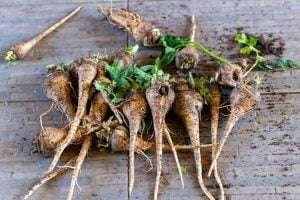 Parsnips are a root vegetable that is closely related to carrots and is native to Europe and Asia. They are rich in fiber, vitamins, and minerals, including potassium, magnesium, and vitamin C. However, parsnips are also high in sugar content, which can be a cause for concern when it comes to feeding them to horses. Horses have a low tolerance for sugar and starch, which can lead to various health issues such as colic and Laminitis.
Parsnips are a root vegetable that is closely related to carrots and is native to Europe and Asia. They are rich in fiber, vitamins, and minerals, including potassium, magnesium, and vitamin C. However, parsnips are also high in sugar content, which can be a cause for concern when it comes to feeding them to horses. Horses have a low tolerance for sugar and starch, which can lead to various health issues such as colic and Laminitis.
Can Horses Eat Parsnips?
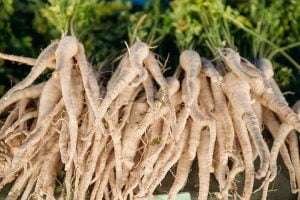 While parsnips may be a nutritious vegetable for humans, they are not recommended as a regular part of a horse’s diet. This is because their high sugar content can disrupt the horse’s digestive system, leading to various health issues.
While parsnips may be a nutritious vegetable for humans, they are not recommended as a regular part of a horse’s diet. This is because their high sugar content can disrupt the horse’s digestive system, leading to various health issues.
If you do decide to feed parsnips to your horse, it should only be done in moderation and as an occasional treat. It’s important to peel and chop the parsnips into small pieces to make them easier for your horse to chew and digest.
Alternatives to Parsnips
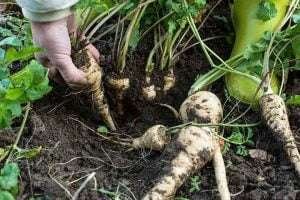 Some examples of horse-friendly vegetables include carrots, apples, pumpkins, and sweet potatoes. It’s also important to remember that the majority of a horse’s diet should consist of high-quality hay and/ or pasture, as well as a well-balanced commercial feed that meets their nutritional needs.
Some examples of horse-friendly vegetables include carrots, apples, pumpkins, and sweet potatoes. It’s also important to remember that the majority of a horse’s diet should consist of high-quality hay and/ or pasture, as well as a well-balanced commercial feed that meets their nutritional needs.
Conclusion
In summary, while parsnips are a nutritious vegetable for humans, they are not recommended as a regular part of a horse diet due to their high sugar content. If you do decide to feed your horse parsnips, it should only be done in moderation and as an occasional treat. Remember to always prioritize your horse’s digestive health by providing a well-balanced diet that meets its nutritional needs.

